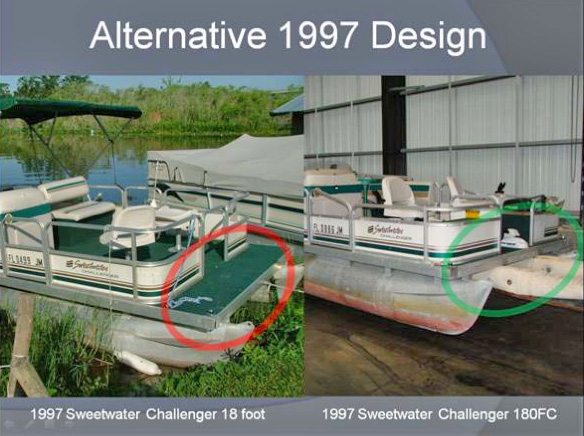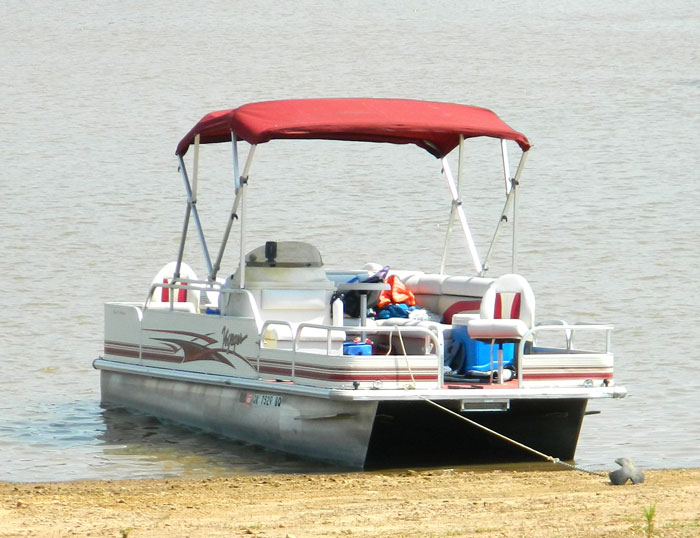Updated list of over the bow Pontoon Boat propeller accidents
Its been about two years since we updated the List of Over the Bow Pontoon Boat Propeller Accidents, many of which result from bow riding / bowriding.
The recent cluster of pontoon boat propeller accidents, 6 media reported accidents in 8 days in late July and early August, followed by the Kaden Frederick fatality, the chaos at Ocean City Maryland following several accidents there, combined with our earlier efforts at trying to prevent these accidents, and a possibility to get some attention focused on this issue caused us to update the list.
The new version is two pages long, includes 198 incidents, some of which included multiple propeller strikes.
We tried to limit the list to only over the bow prop accidents on pontoon boats. There are numerous other ways to get struck by the propeller of a pontoon boat, but this is the leading cause, and the cause that most often involves children.
There are so many accidents listed you will need to enlarge the pdf in order to read it. Don’t forget the accidents from 2011 on, are on page two.
For those wishing to address the problems creating these accidents, please see our two part post:
- Preventing Pontoon Boat “Over the Bow” Propeller Accidents.
- Preventing Pontoon Boat Over the Bow Propeller Accidents by DESIGN
One long standing solution to many bow riding pontoon boat accidents is to design away the part of the bow extending forward of the front rail/fence as seen in the 1997 pontoon boats below.

Sweetwater Pontoon Boats in 1997: Bow Riding design alternatives
image courtesy of R. Ben Hogan III and Jamin Hogan.
The image above comes from “An Update on Propeller Injury Case”. by R. Ben Hogan, III and Jamin Hogan For the Southern Trial Lawyers New Orleans February 16, 2012.
Recently we have been especially trying to promote the concept of Defensive Design, making the bow of a pontoon boat a very uncomfortable place to sit when underway.
Related issues included rental boat operator training, security/durability of the front gate, horseplay when underway, increasing height of the front rail, lack of use of propeller guards, and excessive use of alcohol.
